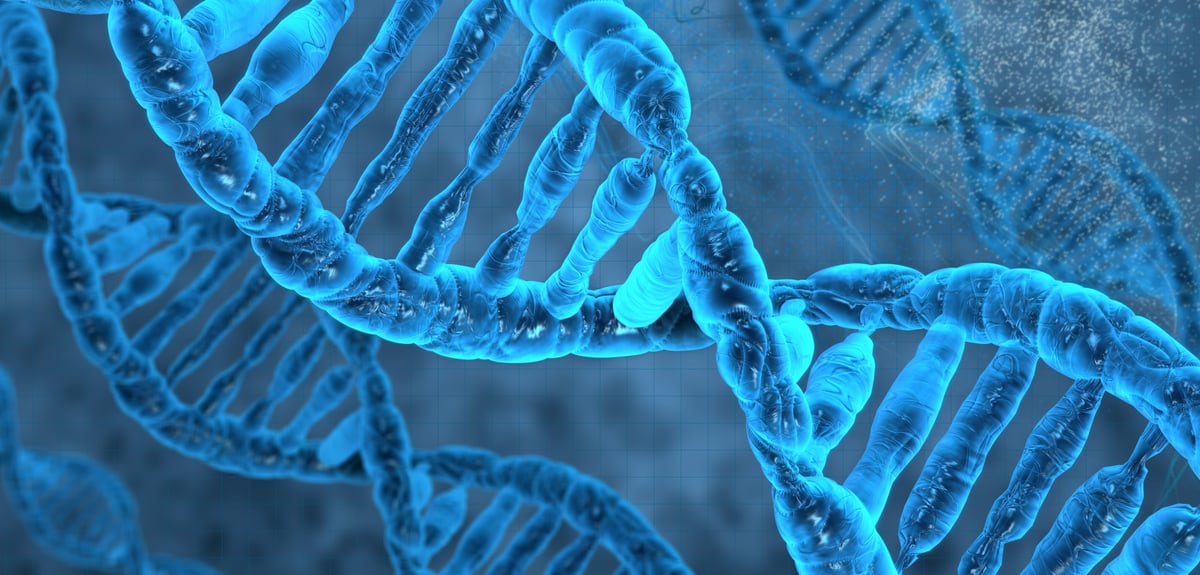Global study shows the experience of Endometriosis is rooted in genetics
Tuesday 14th Mar 2023, 10.24am

Their study included DNA from 60,600 women with endometriosis and 701,900 without. It revealed compelling evidence of a shared genetic basis for endometriosis and other types of pain seemingly unrelated to endometriosis, including migraine, back pain and multi-site pain. The study has also revealed that ovarian endometriosis has a different genetic basis from other disease manifestations. The results open up new avenues for designing new medical treatments targeting subtypes of endometriosis, or even the repurposing of existing pain treatments for endometriosis.
Endometriosis has enormous implications on the quality of a woman’s life. This severe inflammatory condition occurring in 5-10% of women of reproductive age (190 million globally) can cause constant and intense pelvic pain, fatigue, depression, anxiety, and infertility. It is characterized by the presence of tissue that resembles the uterus lining (endometrium) outside the uterus. The location of these endometriotic deposits is primarily on organs within the pelvis (e.g. ovaries, pelvic surfaces and ligaments, bowel or bladder), although more rarely it can also be found outside of the pelvis. The huge impact on the health of many women is compounded by the fact that endometriosis can only reliably be diagnosed through surgery and sometimes imaging, and often takes many years to diagnose (eight years on average from first symptoms). Treatment is limited to repeated surgeries, and hormonal treatments with many side-effects that do not allow women to get pregnant.
It is known that endometriosis can run in families, and therefore that genetic factors (heritability) play a role in how it develops in some women but not in others. Very little is known about the causes of endometriosis, and studying genetics – by comparing the DNA code in women with and without the disease – can give us clues to the biological processes that are the basis for onset and progression.
By conducting the largest genetic study ever conducted, the researchers found 42 areas across the genome that harbour variants that increase risk of endometriosis. By linking these variants to the profiles of molecules in endometrium and blood, they identified a range of genes that were differently expressed in these tissues and therefore had a likely role in disease development. This list of genes is important for further work to develop of new treatments, better targeted to subtypes of disease. For instance, they found that some genetic variants were more associated with ovarian ‘cystic’ endometriosis than superficial disease spread throughout the pelvis.
What they noted in particular is that many of the implicated genes play a role in pain perception and maintenance. Indeed, they found that there was a shared genetic basis for endometriosis and a range of other chronic pain types such migraine, back pain, and multi-site pain. This could be related to so-called sensitisation of the central nervous system, which makes individuals suffering from chronic pain more prone to other types of pain. These findings open up the possibility of designing new pain-focussed non-hormonal treatments, or repurposing existing pain treatments, for endometriosis.
Dr Nilufer Rahmioglu, Senior Research Scientist at the Wellcome Centre for Human Genetics, University of Oxford, and first author of the study commented: ‘Using different datasets of women with and without endometriosis, some of which had unprecedented detailed data on surgical findings and pain experience collected using standardised criteria, allowed us to generate a treasure trove of new information about genetically driven endometriosis subtypes and pain experience.’
Professor Krina Zondervan, Co-Director of the Endometriosis CaRe Centre, and Head of the Nuffield Department of Women’s & Reproductive Health, University of Oxford, senior author on the paper, commented: ‘Endometriosis is now recognised as a major health issue affecting women’s lives. This study involved the analysis of DNA from more than 60,000 women with endometriosis worldwide, in an unprecedented collaboration of 25 academic and industry groups contributing their data and time. It has provided a wealth of new knowledge on the genetics underlying endometriosis, which will help the research community in their efforts to come up with new treatments and possibly new ways of diagnosing the disease benefiting millions of women worldwide.’
The full paper, ‘The genetic basis of endometriosis and comorbidity with other pain and inflammatory conditions‘, is published in Nature Genetics.
